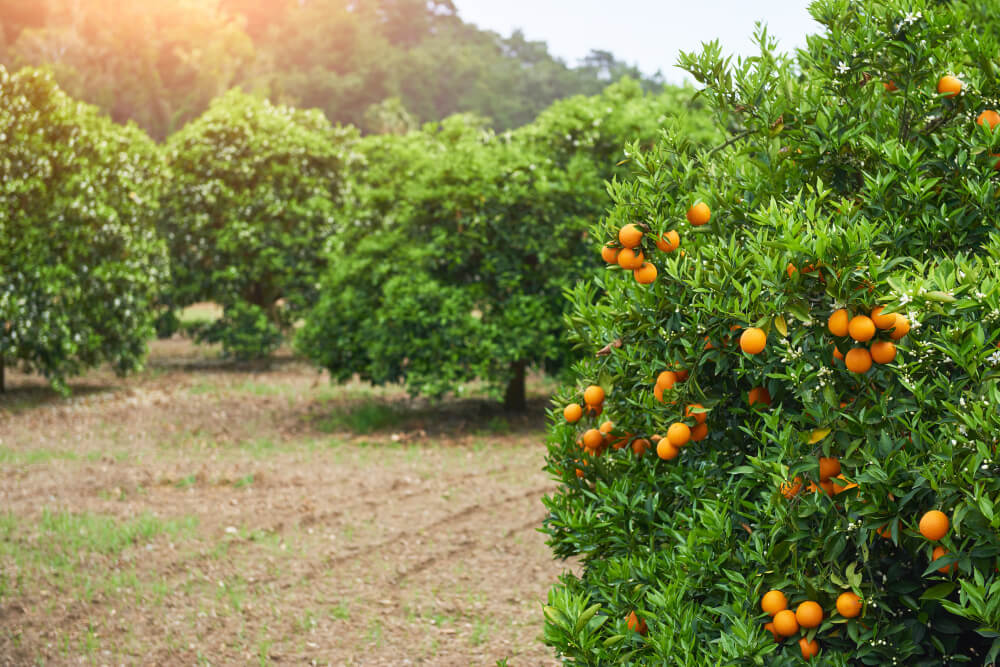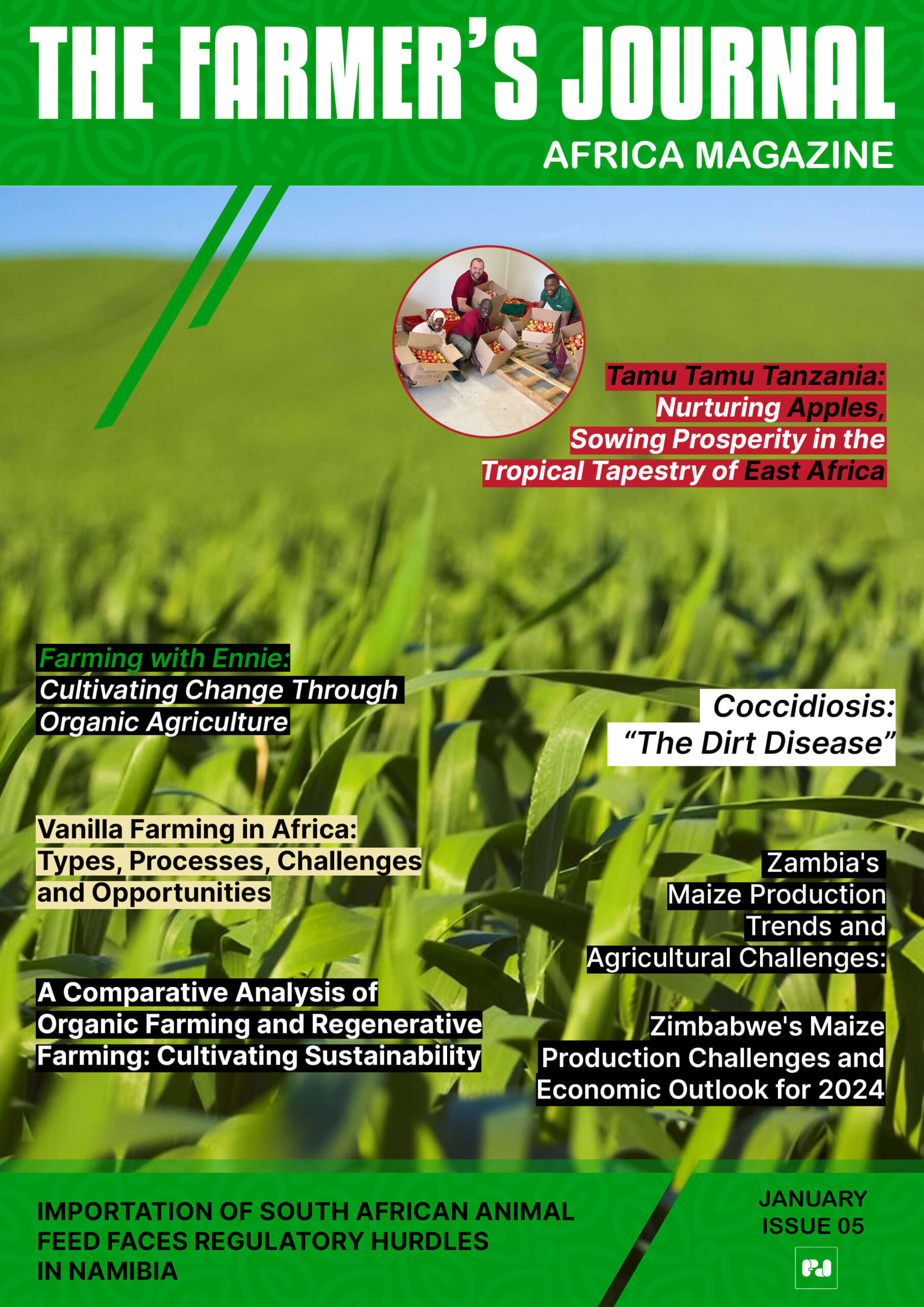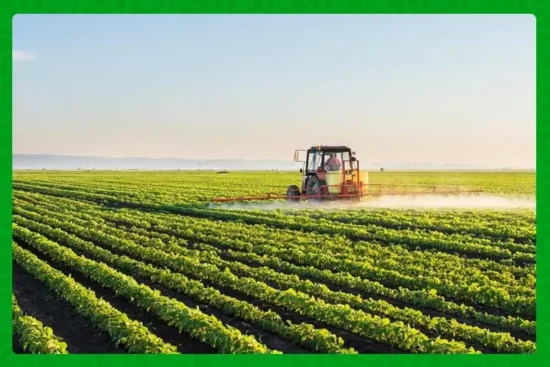
A Bold Vision for Homegrown Citrus
Namibia is set to reshape its fruit landscape by committing US $13.5 million over the next five years to invigorate its citrus sector. With domestic consumption of oranges, naartjies (tangerines) and other citrus fruits soaring, local growers currently meet just four percent of demand. The rest, almost US $3.2 million worth every year, comes from abroad. Now a targeted investment plan aims not only to curb that import bill but also to create jobs, boost foreign exchange earnings and secure a sustainable future for Namibian farmers.
Planting Seeds Today for Tomorrow’s Harvest
Already farmers have brought in more than 1.5 million young citrus trees at a cost of over US $7.3 million. Early projections indicate a harvest of 1 700 metric tons this season. Yet this initial stride represents just the beginning. Under the guidance of Dr Fidelis Mwazi, Chief Executive of the Namibian Agronomic Board, the US $13.5 million package will be allocated to:
- Upgrading nurseries with modern facilities and certified planting material
- Installing efficient irrigation systems that conserve water and improve yields
- Implementing quality control programs aligned with ISO and national standards
- Expanding extension services to equip growers with best practices
Dr Mwazi sums up the ambition clearly “Revitalising our citrus industry is about unlocking potential, creating livelihoods and strengthening our national economy.”
Building on Strong Foundations in Legislation and Standards
Namibia’s Agronomic Industry Act classifies all commercial citrus as a controlled product. Since 2022 the National Citrus Standard has defined exacting criteria for fruit size, sugar content and disease management. Nurseries must register, follow strict protocols and pass regular inspections before they can distribute saplings. This regulatory framework will ensure that every dollar spent drives measurable improvements in fruit quality and farm profitability.
Regional Focus and Export Ambitions
Most citrus orchards thrive in Namibia’s northern and central regions where warm days and cool nights favour sweet and vibrant fruit. Though production remains modest, small shipments already reach neighbouring Angola and South Africa. With improved yields and consistent quality, Namibia hopes to secure a stronger foothold in these markets and explore new opportunities further afield.
At a recent Windhoek meeting representatives from the Citrus Growers Association, the Horticultural Producers Association, nurseries, traders, exporters, the Namibian Standards Institution and the Ministry of Agriculture, Fishing and Land Reform agreed on six key action steps:
- Tighter inspection regimes to uphold nursery and orchard standards
- Joint marketing campaigns to elevate the Namibia Citrus brand abroad
- Expanded cold storage facilities to preserve freshness during transport
- Technical grants for growers adopting modern irrigation and fertilisation
- Pilot training of 200 smallholder farmers in grafting and postharvest handling
- Data driven monitoring to track yield, quality and market returns
Early trials of the training pilot have delivered promising results: a 15 percent boost in marketable yield and a 25 percent reduction in spoilage.
A Turning Point for Namibian Farmers
With grant disbursements and technical assistance beginning in July, farmers and industry leaders are optimistic. “This funding package is a game changer,” says one smallholder who joined the grafting pilot. “We are not just planting trees; we are planting hope for our families and our nation.”
As Namibia charts a path toward self-sufficiency in citrus, this US $13.5 million investment represents more than capital. It stands for job creation, rural development and a bold statement that Namibian agriculture can compete on a global stage. By growing more of its own fruit, the country will keep millions of dollars closer to home and build an export industry that showcases Namibia’s potential to the world.
Stay updated with the latest farming tips and agriculture industry news from Africa by subscribing to our newsletter. Don’t miss out on valuable insights and updates. Follow us on Twitter, LinkedIn, and Facebook to join our farming community and stay connected with us.


















